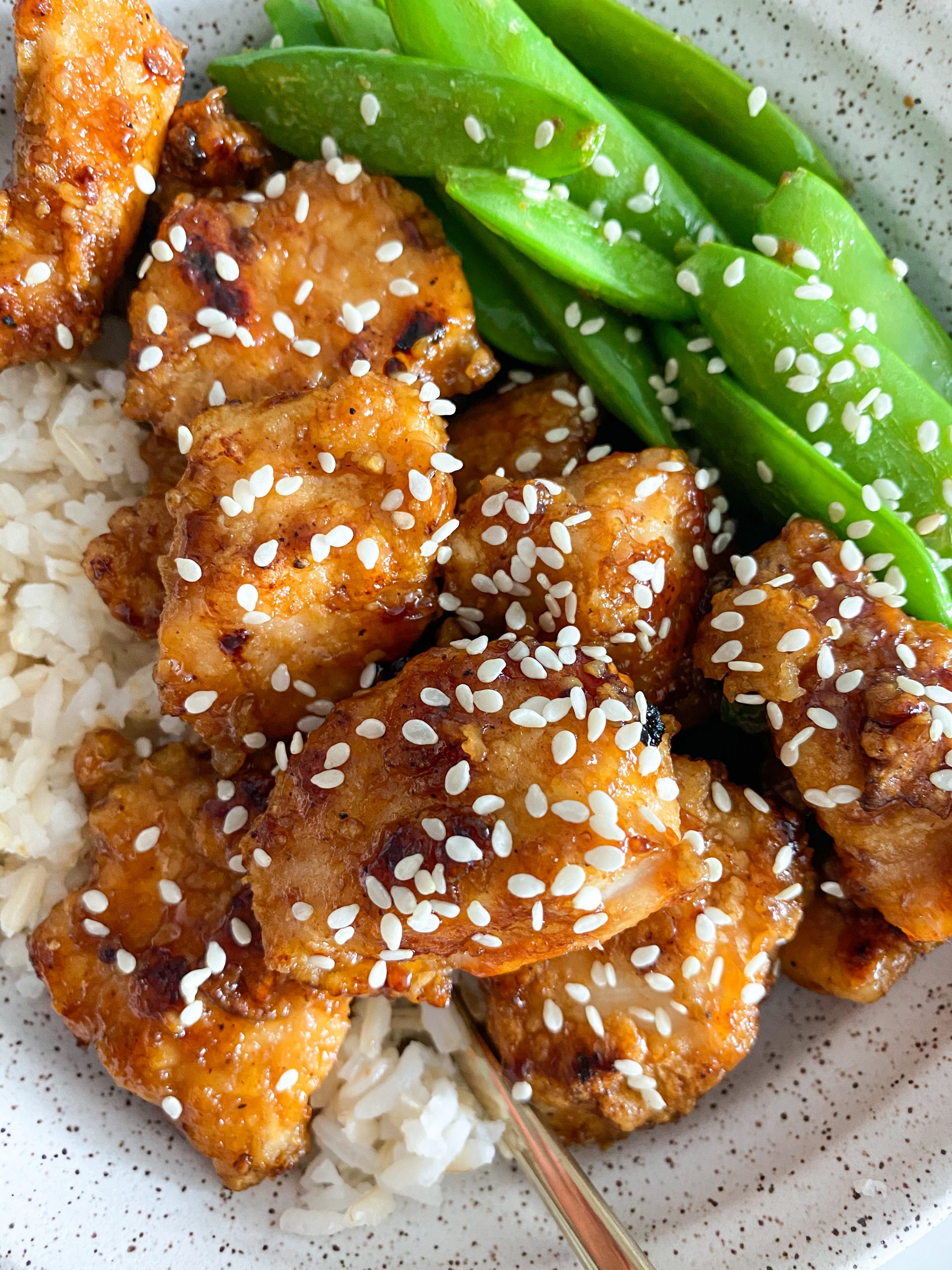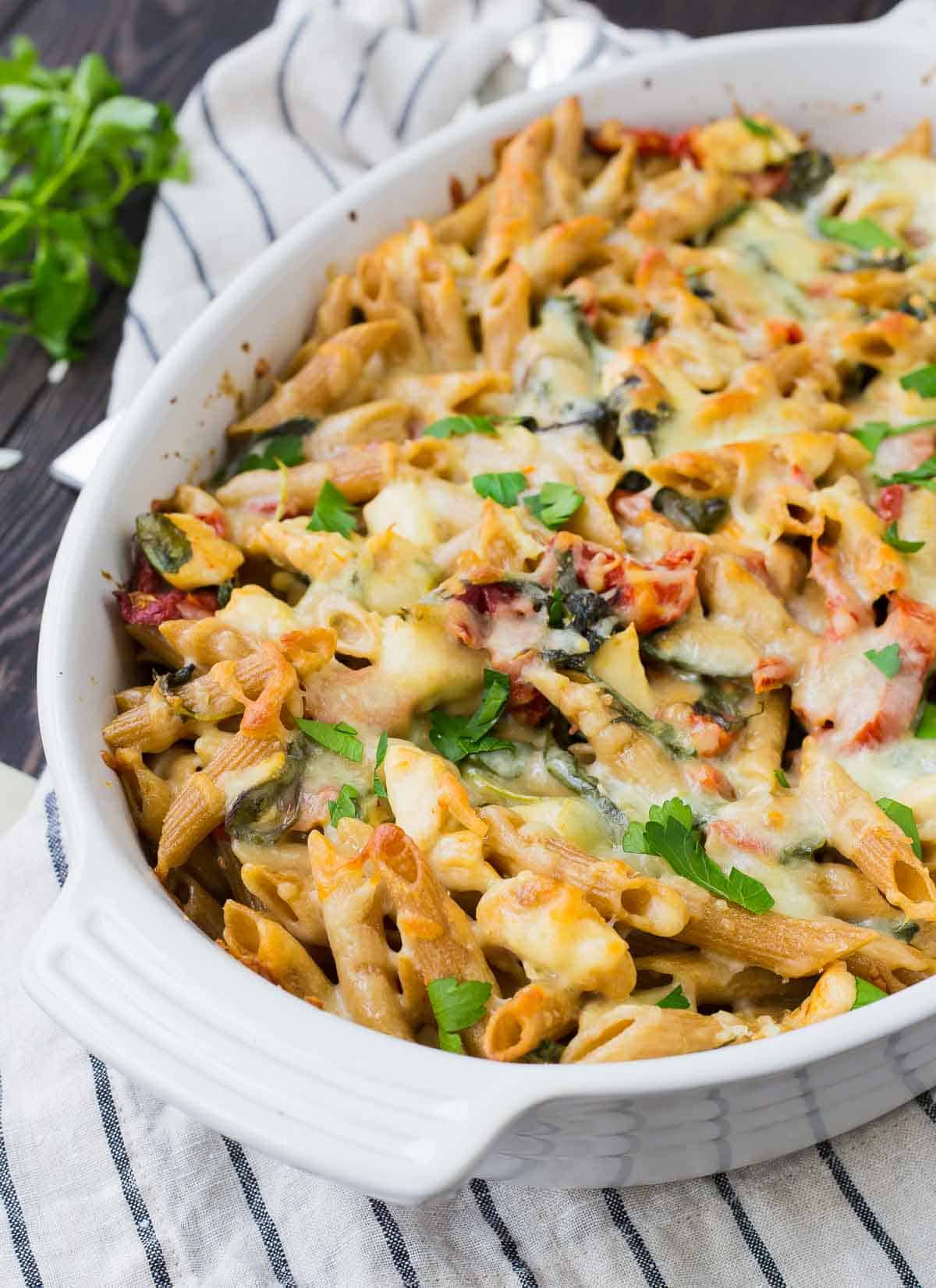5 Ways Proper Kitchen Ventilation Can Improve Your Cooking Experience. Upgrade your kitchen game with proper ventilation to keep your cooking space clean and odor-free. Our guide covers everything you need to know about kitchen ventilation, from its benefits to the different types available. Say goodbye to stuffy and smelly kitchens and hello to a refreshing and efficient cooking experience. Read on for all the tips and tricks you need to follow for effective kitchen ventilation!
5 Ways Proper Kitchen Ventilation Can Improve Your Cooking Experience
5 Ways Proper Kitchen Ventilation Can Improve Your Cooking Experience. different types available 5 Ways Proper Kitchen Ventilation Can Improve Your Cooking Experience
Kitchen Ventilation – The Key to a Healthy and Efficient Kitchen
The kitchen is often considered the heart of the home, where delicious meals are prepared and conversations are shared. However, along with the cooking and socializing, there is another crucial aspect that needs attention – proper kitchen ventilation.

Kitchen ventilation refers to the process of removing cooking contaminants, such as smoke, odors, and grease, from the kitchen space. A well-ventilated kitchen is not only beneficial for health but also plays a vital role in keeping the kitchen clean and efficient. In this blog post, we will explore the importance of kitchen ventilation, various types of ventilation systems, and how to choose the right one for your kitchen.
Why is Kitchen Ventilation Essential?
The cooking process generates various pollutants, including nitrogen dioxide, carbon monoxide, and particulate matter. These pollutants can have adverse health effects, such as respiratory problems, headaches, and nausea. Inhaling these contaminants, especially for a prolonged period, can be harmful to both adults and children.
Moreover, cooking without proper ventilation can also lead to the buildup of grease, which can be a fire hazard. Grease can accumulate in the ducts and hoods of the ventilation system, increasing the risk of a kitchen fire. Proper ventilation not only removes these pollutants but also helps in maintaining a clean and safe kitchen environment.
The Different Types of Kitchen Ventilation Systems
There are various types of kitchen ventilation systems, each with its own unique features and benefits. Let’s take a closer look at some of the most popular kitchen ventilation options available in the market.
1. Range Hoods
Range hoods are a popular choice for kitchen ventilation, as they work by extracting the air and pollutants from the cooking area. This type of ventilation is usually mounted above the range or cooktop and comes in ducted and ductless options.
The ducted range hood uses a duct system to remove the contaminated air and release it outside the home. On the other hand, the ductless range hood relies on a charcoal filter to clean the air and recirculate it back into the kitchen. Range hoods are available in various sizes, styles, and power levels to suit different kitchen configurations.
2. Downdraft Ventilation
Downdraft ventilation systems are built into the cooking surface, usually in the form of a pop-up vent. They work by pulling the air and pollutants downward and releasing them through a vent pipe under the floor or through a wall. This type of ventilation is ideal for kitchen islands and open-concept kitchen layouts.
Though downdraft ventilation is a convenient option that doesn’t obstruct the line of sight, it may not be as effective as other ventilation systems. It is best suited for smaller kitchens with light cooking needs.
3. Exhaust Fans
Exhaust fans, also known as extractor fans, are installed on the walls or ceilings of the kitchen to extract the contaminated air and release it outside. They come in various sizes and can be installed in individual rooms or as a whole-house ventilation system. Exhaust fans are an affordable option but may not be as effective in larger kitchens or during heavy cooking.
Factors to Consider When Choosing a Kitchen Ventilation System
Choosing the right kitchen ventilation system can be a daunting task, with so many options available in the market. However, considering the following factors can help you make an informed decision.
1. Kitchen Size
The size of your kitchen plays a significant role in determining the right kitchen ventilation system. A larger kitchen may require a more powerful system, such as a ducted range hood or whole-house exhaust fan, to effectively remove all the contaminants from the cooking area.
2. Cooking Habits
Do you consider yourself a master chef or a casual cook? The frequency and intensity of your cooking also determine the type of ventilation system you need. For heavy cooking, a more powerful ventilation system may be required to remove all the smoke, odors, and grease.
3. Ducting Options
If you are installing a ducted ventilation system, you will need to consider the ducting options available for your kitchen. The distance between the cooking area and the outside of the house, as well as the number of bends and turns in the ducting, can affect the efficiency of the system.
4. Noise Levels
Some ventilation systems, such as exhaust fans, can be quite noisy. If you are sensitive to noise, you may want to consider a quieter option, such as a ducted range hood or downdraft ventilation.
5. Maintenance and Cleaning
Most ventilation systems require regular maintenance and cleaning to ensure their efficiency and longevity. Consider the maintenance requirements and accessibility when choosing a ventilation system for your kitchen.
Installation and Maintenance Tips
Once you have selected the right ventilation system for your kitchen, here are some installation and maintenance tips to ensure it works optimally.
1. Hire a Professional
It is essential to hire a professional for the installation of any ventilation system to ensure its proper functioning. A professional will also be able to assess your kitchen and recommend the best type and placement of ventilation system.
2. Clean Regularly
Proper maintenance and cleaning of the ventilation system are crucial to its efficiency. Regularly clean the filters, ducts, and hoods to remove any buildup of grease and ensure clean air flow.
3. Replace Filters
If you have a ductless ventilation system, make sure to replace the charcoal filters every three to six months to maintain its effectiveness.
4. Keep Ducts Clean
For ducted ventilation systems, make sure to schedule regular duct cleaning to remove any buildup of grease and contaminants. This will also help prevent any potential fire hazards.
5 Ways Proper Kitchen Ventilation Can Improve Your Cooking Experience
Upgrade your kitchen game with proper ventilation to keep your cooking space clean and odor-free. Our guide covers everything you need to know about kitchen ventilation, from its benefits to the different types available. Say goodbye to stuffy and smelly kitchens and hello to a refreshing and efficient cooking experience. Read on for all the tips and tricks you need to follow for effective kitchen ventilation!. Ventilation 5 Ways Proper Kitchen Ventilation Can Improve Your Cooking Experience
Kitchen Ventilation: Types, Benefits, and Tips
Kitchen ventilation is an essential aspect of any kitchen. It refers to the process of removing cooking fumes, smoke, and moisture from the kitchen through a ventilation system. Proper kitchen ventilation is vital for a clean, safe, and comfortable cooking environment. Without adequate kitchen ventilation, the air quality in your kitchen can deteriorate, and health risks related to poor air quality can arise. In this comprehensive blog post, we will discuss everything you need to know about kitchen ventilation, including the types, benefits, and tips for optimal kitchen ventilation.
Types of Kitchen Ventilation Systems
There are several types of kitchen ventilation systems available in the market, each with its benefits and features. Here are the most common ones to consider for your kitchen:
1. Range Hood
A range hood is a type of ventilation system installed above the cooking range or stove. It is designed to capture and remove fumes, odors, and grease generated during cooking. Range hoods come in various sizes, styles, and features, and they can be vented or ductless. Vented range hoods are connected to an exterior duct, while ductless hoods use filters to clean and recirculate the air.
2. Downdraft Ventilation
Downdraft ventilation systems are installed next to the cooking range or stove and operate by pulling smoke and fumes down through a vent and exhausting them outside through a duct. This type of ventilation is ideal for kitchens with limited space or for those who prefer a clean, minimalist look without a range hood above the cooking area.
3. Island Hoods
As the name suggests, island hoods are designed to be mounted above a kitchen island and are typically used in open-concept kitchens. They come in a variety of styles and sizes and have both vented and ductless options.
4. Wall-Mount Hoods
Wall-mount hoods are attached to the wall above the cooking range or stove and are an excellent option for kitchens with limited space. They come in various styles, including chimney-style hoods, which add a stylish touch to your kitchen.
Benefits of Kitchen Ventilation
Proper kitchen ventilation offers several benefits, making it a crucial aspect of any kitchen. Let’s take a look at some of them:
1. Improved Air Quality
The most crucial benefit of having a well-functioning ventilation system in your kitchen is improved air quality. Cooking generates smoke, fumes, and pollutants that can have a significant impact on the air quality in your kitchen. A ventilation system effectively removes these pollutants, ensuring that you and your family are breathing clean air while cooking and even after cooking.
2. Removes Unpleasant Odors
Strong odors from cooking, such as fried food, can linger in your kitchen for hours or even days. A well-designed ventilation system can remove these odors quickly, preventing them from spreading throughout your home and avoiding any unpleasant odors lingering in your kitchen.
3. Reduces Health Risks
Poor indoor air quality can have adverse health effects such as throat irritation, headaches, coughing, and even respiratory problems. Kitchen ventilation helps to remove harmful pollutants from the air, reducing health risks for you and your family.
4. Protects Your Kitchen’s Aesthetics
Cooking generates grease, steam, and smoke, which can accumulate on walls, ceilings, and furniture, causing damage and altering their appearance. A ventilation system effectively removes these pollutants, keeping your kitchen looking clean and fresh.
Tips for Optimal Kitchen Ventilation
To ensure your kitchen ventilation system is functioning efficiently, here are some essential tips to keep in mind:
1. Clean and Maintain Your Ventilation System Regularly
Regular cleaning and maintenance of your ventilation system are crucial to ensure it is functioning optimally. Filtered hood systems require regular cleaning and replacing of filters, while ducted hoods need to be checked for blockages and cleaned regularly.
2. Keep the Air Ducts Clean
Air ducts are an essential part of your kitchen ventilation system, and any blockages or leaks can affect its performance. Regularly clean your air ducts to prevent any build-up that can restrict airflow and efficiency.
3. Vent to the Outside
If possible, opt for a vented range hood that vents air to the outside, as this is the most effective way to remove pollutants from your kitchen. If you have a ductless system, make sure to change the filters regularly to maintain optimal performance.
4. Use Your Ventilation System While Cooking
It may seem obvious, but many people forget to turn on their ventilation system while cooking. Remember to switch on your range hood or downdraft ventilation before you start cooking to get rid of any smoke, fumes, or odors as they arise.
5. Use Proper Cookware
Using the right cookware can significantly impact the effectiveness of your kitchen ventilation system. Non-stick pots and pans or those with a vented lid are great options as they reduce the amount of smoke and fumes produced during cooking.
5 Ways Proper Kitchen Ventilation
Kitchen ventilation is a crucial aspect of any kitchen and offers multiple benefits, including improved air quality, removal of unpleasant odors, and reduced health risks. There are various types of ventilation systems available, so choose one that best fits your kitchen and cooking needs. Remember to regularly clean and maintain your ventilation system to ensure optimal performance. With these tips, you can ensure that your kitchen remains a clean, safe, and comfortable space to cook and spend time in. 5 Ways Proper Kitchen Ventilation Can Improve Your Cooking Experience

5 Ways Proper Kitchen Ventilation Can Improve Your Cooking Experience
How important is kitchen ventilation?
Kitchen ventilation is crucial for keeping your kitchen clean, safe, and comfortable. It helps remove smoke, cooking odors, and excess heat from your kitchen, which can affect your health and the overall quality of your cooking.
What are the benefits of proper kitchen ventilation?
Proper kitchen ventilation keeps your kitchen free from harmful pollutants and contaminants, reducing the risk of respiratory problems and allergies. It also helps maintain a comfortable temperature in your kitchen and prevents excess moisture, which can lead to mold growth.
What are the different types of kitchen ventilation systems?
There are various types of kitchen ventilation systems, including range hoods, downdraft vents, island vents, and custom ventilation systems. Each serves a specific purpose and can be installed depending on your kitchen layout and needs.
How do I choose the right kitchen ventilation system?
Consider the size and layout of your kitchen, the type of cooking you do, and the features you want in a ventilation system. It’s also crucial to consult a professional to ensure proper installation and to make sure it meets building codes and regulations.
What are the common problems with kitchen ventilation systems?
Some common problems with kitchen ventilation systems include inadequate ventilation, excessive noise, and improper installation. It’s important to regularly clean and maintain your ventilation system to ensure it works efficiently and effectively.
How often should I clean my kitchen ventilation system?
It’s recommended to clean your kitchen ventilation system at least once a month. However, if you regularly cook with high heat or do a lot of frying, you may need to clean it more often to prevent grease buildup and ensure proper functioning.
Can I install my own kitchen ventilation system?
While it may seem like a simple task, it’s best to hire a professional to install your kitchen ventilation system. They have the knowledge and experience to ensure proper installation and can handle any potential challenges that may arise.
Can a kitchen without windows have proper ventilation?
Yes, a kitchen without windows can still have proper ventilation by using a range hood or other ventilation system. However, if your kitchen lacks windows, it’s crucial to have a ventilation system to prevent smoke and odor buildup.
What are the signs that my kitchen ventilation system needs to be replaced?
Some signs that your kitchen ventilation system needs to be replaced include excessive noise, decreased efficiency, and visible damage. It’s important to have a professional inspect your system and determine if it needs to be repaired or replaced.
How much does it cost to install a kitchen ventilation system?
The cost of installing a kitchen ventilation system can vary depending on the type of system, labor costs, and any necessary repairs or modifications. It’s best to consult with a professional for an accurate estimate for your specific needs. 5 Ways Proper Kitchen Ventilation Can Improve Your Cooking Experience
